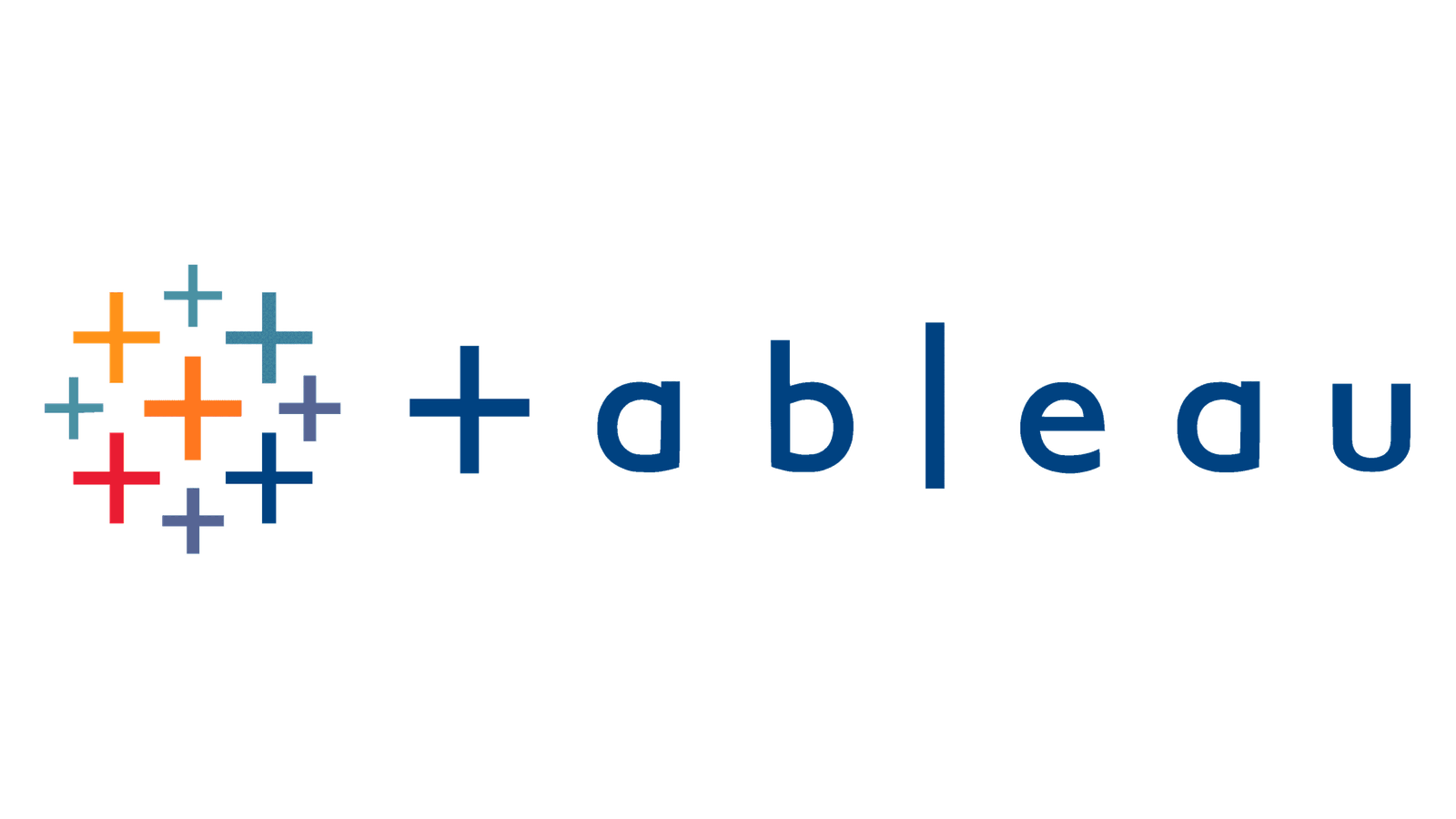In today’s data-driven business landscape, the power of analytics cannot be overstated. Whether it’s understanding customer behavior, optimizing operations, or driving strategic decision-making, the right analytics tool can illuminate the path to success. Among the plethora of options, Tableau and Heap stand out as leading contenders. Tableau, with its rich visualization capabilities, caters to a wide range of data analytics needs across various industries. Heap, on the other hand, offers a more focused approach, automatically capturing every user interaction on your website or app to deliver comprehensive insights into user behavior. As businesses consider which tool to adopt, one critical comparison point emerges: Ease of Use and Learning Curve.
Tableau | Heap |
|---|---|
| G2 Score – 4.4 out of 5 stars | G2 Score – 4.4 out of 5 stars |
| TrustRadius Score – 8.2/10 | TrustRadius Score – 8.2/10 |
Ease of Use and Learning Curve
The journey from raw data to actionable insights should be as smooth and intuitive as possible. A tool’s ease of use directly impacts how quickly teams can harness its full potential, making this an essential factor in the selection process. This aspect can significantly influence adoption rates, user satisfaction, and ultimately, the value derived from the analytics platform.
Tableau: Power Meets Flexibility
Tableau is celebrated for its intuitive drag-and-drop interface that empowers users to create complex data visualizations without needing advanced programming skills. This accessibility makes it a favorite among data analysts and business users alike, fostering a culture of data exploration and discovery.
However, Tableau’s extensive functionality also means there’s a learning curve for new users, especially those looking to dive into its more advanced features. To mitigate this, Tableau offers a wealth of educational resources, including tutorials, forums, and training sessions, designed to help users at all levels achieve mastery.
Heap: Automatic Insights with Minimal Setup
Heap takes a different approach by focusing on automatic data capture, eliminating the need for manual event tracking setup. This means that from the moment Heap is installed, it begins collecting comprehensive interaction data across your website or app, making it exceptionally easy for teams to start analyzing user behavior without any upfront configuration.
The platform’s interface is designed for simplicity, allowing users to create funnels, segment users, and track events with just a few clicks. While Heap offers powerful insights with minimal effort, users looking to customize their analytics experience may find themselves limited by the platform’s streamlined approach.
Data Integration and Management
This facet is vital for businesses that rely on data from multiple sources and need a comprehensive overview of their operations and customer interactions. The capacity to seamlessly integrate with a variety of data sources and efficiently manage that data is a cornerstone of any effective analytics platform. It determines how well a business can consolidate, clean, and utilize data from diverse origins to make informed decisions.
Tableau: The Architect of Data Fusion
Tableau excels in data integration, offering robust capabilities that allow businesses to connect to virtually any data source, be it cloud-based services, databases, spreadsheets, or big data platforms. This versatility ensures that organizations can aggregate data across different segments and functions, providing a holistic view of their operations.
Furthermore, Tableau’s data management tools, including Tableau Prep, facilitate the cleaning and preparation of data, ensuring that analyses are based on accurate and reliable information. Tableau’s strength in this area supports complex data-driven strategies, enabling businesses to harness the full potential of their data assets for deep insights and strategic planning.
Heap: Streamlined for Immediate Insight
Heap focuses on a different aspect of data integration and management by automatically capturing interaction data from websites and mobile apps. Its approach bypasses the traditional complexities associated with data integration, offering businesses a straightforward pathway to user behavior insights without the need for manual setup or configuration.
While Heap may not provide the same level of integration with external data sources as Tableau, its automatic data collection and management system is designed to offer immediate value, especially for digital product teams looking to understand and optimize user experiences quickly.
Pricing and Value
This factor plays a significant role in the decision-making process, as businesses must weigh the cost of the analytics tool against the benefits and insights it delivers. The right choice ensures a return on investment through actionable data insights that drive strategic decisions and operational efficiencies. An analytics tool should not only fit within your budget but also provide significant value for the cost, offering features and insights that directly contribute to achieving business goals.
Tableau: Investment in Comprehensive Analytics
Tableau’s pricing structure is designed to accommodate a range of users, from individuals to large enterprises, with options that include Tableau Desktop for individual use, Tableau Server for on-premises deployment, and Tableau Online as a fully managed cloud solution. The cost reflects Tableau’s comprehensive suite of features, including advanced data visualization, extensive data integration capabilities, and robust scalability.
For businesses with complex analytics needs that span across various data sources and require deep insights, Tableau represents a significant investment that can drive substantial value, empowering data-driven decision-making at all levels of the organization.
Heap: Focused Analytics at a Competitive Price
Heap offers a pricing model that aims to make user behavior analytics accessible to businesses of all sizes. With plans that scale based on the volume of data processed, Heap provides a cost-effective solution for companies focused on optimizing digital products and marketing strategies.
The platform’s automatic data collection and straightforward analysis tools allow businesses to quickly derive value from their data, improving user experience and conversion rates without a significant upfront investment. For organizations primarily interested in user analytics, Heap presents a compelling value proposition, offering specialized insights at a competitive price.

Related: Check out our free SEO suite

Scalability and Performance
This aspect is critical for evaluating how well an analytics tool can adapt to growing data needs and increased demand without compromising on speed, reliability, and user satisfaction. As businesses evolve, so do their data analytics needs. The ability of an analytics tool to scale in response to increasing volumes of data, more complex queries, and a growing number of users is paramount for sustained operational efficiency and insight generation.
Tableau: Engineered for Enterprise Growth
Tableau’s architecture is built to accommodate growth, capable of handling vast amounts of data and complex analytical tasks without significant performance degradation. Its scalability is evident in both the technical infrastructure, supporting deployments on-premises, in the cloud, or even embedded within other applications, and the user experience, maintaining responsiveness and reliability even as demand spikes.
Tableau’s performance optimization features, such as data extracts and efficient query processing, ensure analyses remain fast and fluid, empowering businesses to scale their analytics operations confidently.
Heap: Agile and User-Centric Scaling
Heap’s approach to scalability focuses on its core strength: tracking and analyzing user interactions with digital products. Its platform is designed to manage increasing volumes of event data seamlessly, ensuring that businesses can continue to gain real-time insights into user behavior as their user base expands.
Heap maintains performance by efficiently processing large datasets, enabling product and marketing teams to iterate rapidly based on user feedback and interaction trends. While Heap may not offer the same level of infrastructural scalability as Tableau, its performance in delivering user analytics remains robust, catering to growing businesses focused on enhancing digital experiences.
Customization and Flexibility
The degree to which you can tailor an analytics tool to fit your specific needs—be it through custom reports, dashboards, or data models—plays a significant role in its overall utility and effectiveness within your organization.
Tableau: A Canvas for Your Data
Tableau is almost unparalleled when it comes to customization and flexibility. It serves as a versatile canvas where businesses can paint their data stories in vivid detail. Tableau allows users to create highly customized dashboards and reports, with the ability to drill down into the minutiae of their data or zoom out for a broad overview, all while maintaining an intuitive user interface.
The platform supports extensive customization through calculated fields, parameters, and the integration of various data sources, making it possible to tailor analyses and visualizations to meet specific business questions and needs. This level of flexibility ensures that Tableau can serve a wide array of industries and functions, from marketing and sales to finance and operations.
Heap: Streamlined for Specific Insights
Heap takes a more streamlined approach to customization, focusing on delivering specific insights around user behavior and product usage. While it may not offer the same breadth of customization as Tableau, Heap allows businesses to define custom events and segments that are most relevant to their analysis.
This focus ensures that the platform remains user-friendly and accessible, even as it offers the flexibility to dig deep into the data that matters most to your business. Heap’s approach to customization is about eliminating unnecessary complexity to provide clear, actionable insights quickly, especially valuable for product teams and marketers looking to make data-driven decisions swiftly.
Integration with Marketing and Product Development Processes
The ability of an analytics tool to integrate seamlessly with your marketing and product development workflows is essential. It not only enhances the efficiency of these processes but also ensures that insights generated are actionable and directly contribute to strategic initiatives.
Tableau: Bridging Data Across Departments
Tableau’s strength lies in its versatility, allowing it to serve a wide range of business functions effectively. Its ability to integrate with various data sources and platforms means that marketing and product development teams can pull in data from CRM systems, social media analytics, customer support tickets, and more, into a unified view.
This holistic approach enables teams to identify cross-functional insights that drive product improvements and tailor marketing strategies based on comprehensive data analysis. Tableau’s customizable dashboards can be tailored to specific team workflows, ensuring that insights are accessible and actionable across departments. This cross-functional integration fosters collaboration and ensures that decisions are informed by a complete data picture.
Heap: Optimized for Digital Product Insights
Heap shines in providing specific insights that directly impact marketing and product development efforts. By automatically tracking all user interactions on digital platforms, Heap delivers granular insights into how users engage with products and marketing campaigns. This focus allows product and marketing teams to rapidly iterate on digital experiences based on solid data.
The platform’s straightforward integration with A/B testing tools and marketing automation platforms enhances its utility in these workflows, enabling teams to directly apply insights to optimize user journeys and personalize marketing efforts. Heap’s targeted analytics facilitate a tight feedback loop between data insights and product/marketing actions, making it invaluable for digital-centric businesses.
Pricing
Tableau:

Heap:

Conclusion
In navigating the intricate landscape of data analytics tools, the journey through Tableau and Heap reveals distinct paths tailored to diverse business needs. Tableau, with its expansive capabilities, offers a broad canvas for organizations seeking deep, cross-functional insights from a wide array of data sources. It stands as a beacon for companies requiring a comprehensive analytics solution that not only illuminates current performance but also uncovers opportunities for innovation across all sectors of the business. Its robust architecture ensures scalability and flexibility, accommodating growth and evolving analytical demands.
Heap, by contrast, sharpens the focus to user behavior analytics within digital environments, providing a streamlined, efficient pathway to understanding and enhancing user experiences. It excels in delivering rapid, actionable insights that empower product and marketing teams to make data-driven decisions swiftly. Designed for agility, Heap enables a tight feedback loop between data insights and implementation, making it invaluable for businesses aiming to quickly iterate on digital products and marketing strategies.
Read Next:
- GetResponse vs Zoho Campaigns: The Best Email Marketing Tool for 2024
- AWeber vs ActiveCampaign: The Best Email Marketing Tool
- Constant Contact vs Campaigner: Best Email Marketing Tool
- GetResponse vs Omnisend: The Best Email Marketing Tool for 2024
- AWeber vs Benchmark Email: The Best Email Marketing Tool






















Comments are closed.